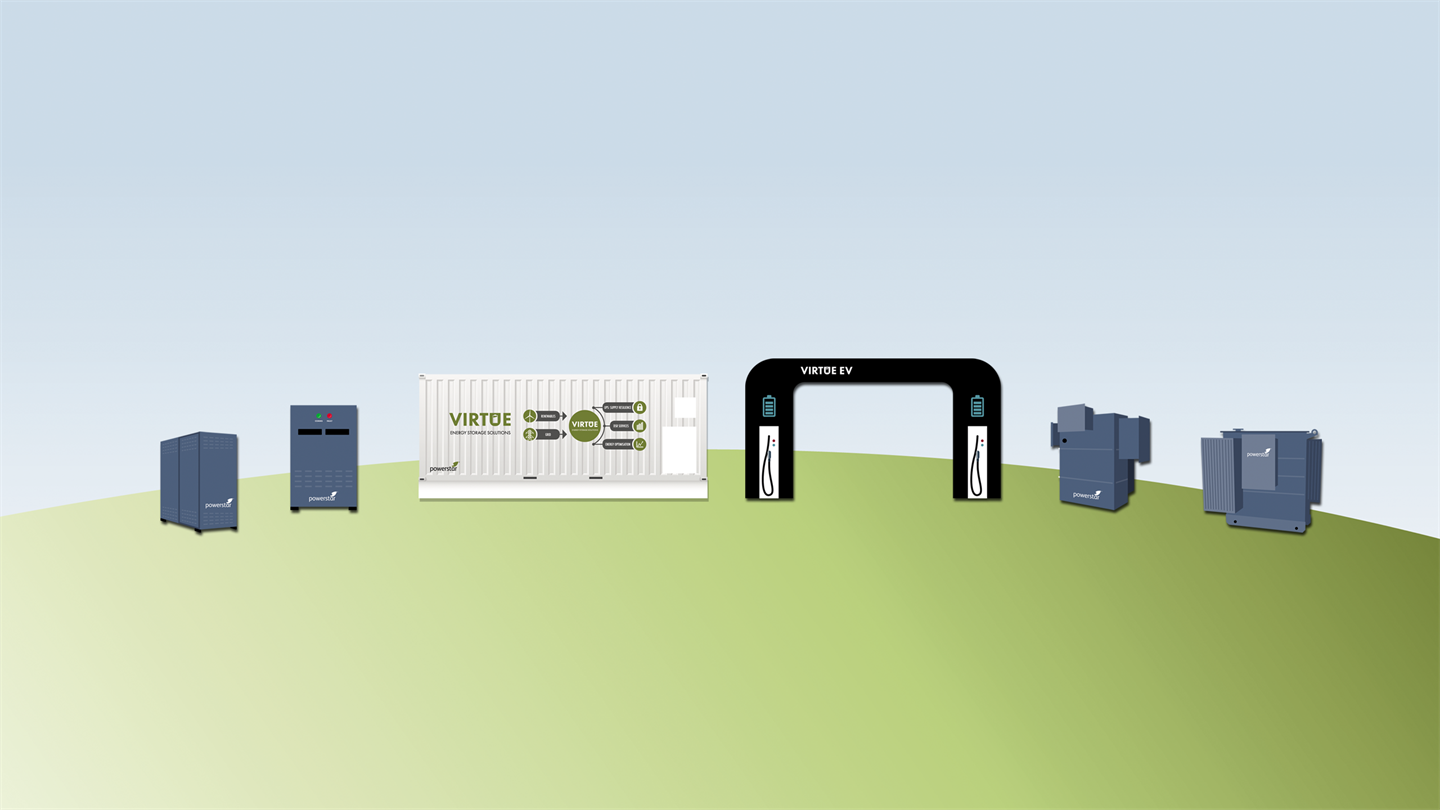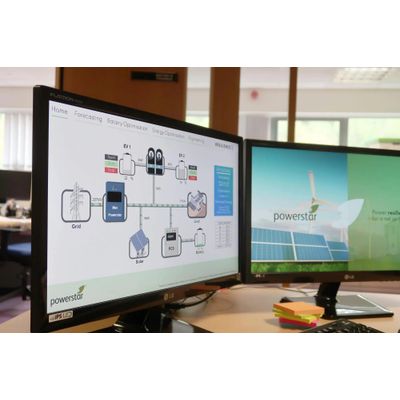

- Home
- Companies
- EMSc (UK) Ltd
- Software
- Powerstar - Energy Management & ...

Powerstar - Energy Management & Monitoring Software
Powerstar’s smart energy management software empowers you to make smart decisions about your site and your energy by monitoring your business’s energy usage.
Energy monitoring is the process of monitoring energy consumption, This can either be a singular piece of electrical equipment, a building or a whole microgrid of interconnected buildings and energy systems. Energy monitoring software provides vital insight that can help to control and conserve energy in the future.
A microgrid is a local network of power generation and loads. To put it simply, a local area (a campus, site, or neighbourhood) that is able to operate independently from the National Grid, because it can generate its own electricity and supply it around the area. The Energy Management Software control system that manages the multiple power flows is capable of intelligent and automatic prioritisation of activities to optimise energy use.
The technology has two main functions. Firstly, it makes real-time decisions, using artificial intelligence to predict trends, in order to most effectively manage your energy use and on-site energy technologies. Secondly, it provides you with detailed site, grid, and asset information in a user-friendly online platform. This empowers you, by giving you the correct relevant data to make smart decisions about your site and your energy.
A smart business battery energy management system enables you to optimise energy use through accurate load monitoring planning for greater efficiencies. This is emphasised by the monitoring, reporting and analytics functionality of the technology, which provides the ability to analyse trends and identify opportunities for further optimisations.
The technology can also maximise on-site generation to reduce reliance on the grid and increase your site’s flexibility with how it uses energy. If integrated with the right solution, such as a sophisticated battery energy storage solution, a microgrid control system will also enhance your power resilience capabilities to protect your site and operations.
Asset prioritisation is achieved by utilising neural network-based Artificial Intelligence (AI). This analyses data including load predictions and, where applicable, weather forecasting based on historical data. The analysis and forecasting are then used for strategic load planning in real time.
From a hardware perspective, the technology utilises a network of meters, sensors, and third-party commands. These feed data into a Programmable Logic Controller (PLC) and then into a local central computer which runs the data through the AI model to make intelligent decisions. Commands are then sent back to the PLC which distributes them to the controllable technology.
In the process, the Energy management and control system uses this data to create a remote digital twin of your site which enables the system to keep learning and improving the AI over time. In short, the control system becomes more effective over time, as it receives more data to learn from.
How to implement an Energy Management system
The more technology and assets you have on site that can be connected to the microgrid power control system, the more beneficial it will be and the faster it will monitor, learn and improve.
A microgrid control system is essential in certain applications where there are multiple loads, on-site generation and a battery energy storage solution.
The technology is also essential in applications that require comprehensive power resilience with additional services that support net-zero goals. This could include maximising renewable generation or supporting EV charging infrastructure.
Which sectors benefit most from a microgrid power control system?
As such a bespoke and sophisticated technology, it’s hard to say that microgrid control systems are more appropriate for one sector over another. Instead, this needs to be evaluated on a case-by-case basis, dependent on your business’ needs and objectives.
In general terms, sites with complex operations and infrastructure will benefit from this technology. This makes it well-suited to sectors such as healthcare, advanced or critical manufacturing, distribution, and defence. If your site maintains complex operations and infrastructure, and you are looking to optimise your energy use, this technology could be right for you
